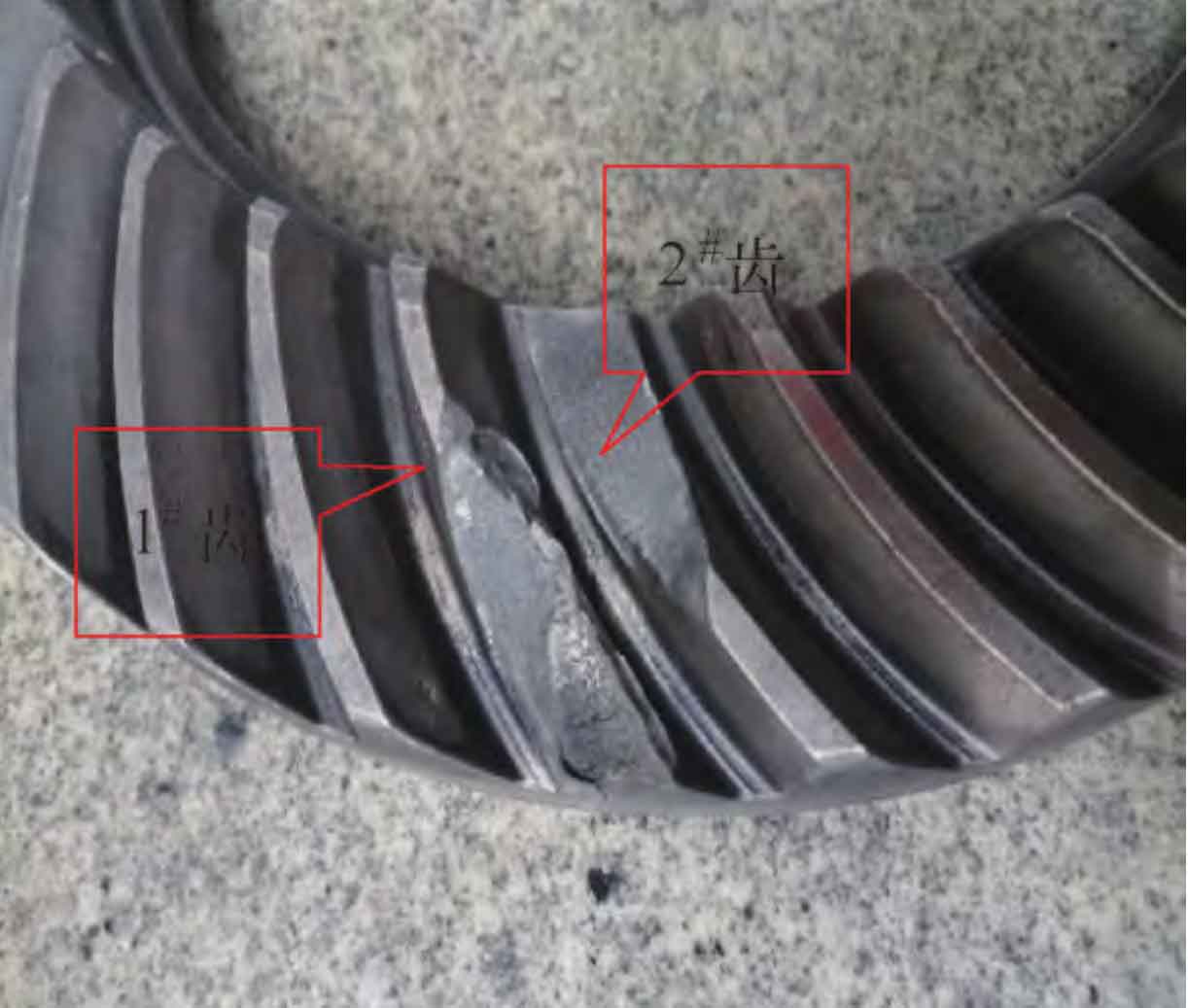When the stress of the bevel gear is greater than the critical strength of the material, the bevel gear usually breaks and forms a fracture at the fracture. Fracture analysis is the most important analysis method among various failure analysis methods. The fracture location is usually in the most vulnerable place of bevel gear structure or material organization. The appearance of fracture is not only related to the composition and structure of the material and the bevel gear, but also to the force exerted on the bevel gear when it breaks and the external service environment. Because the fracture surface contains a lot of information about the whole process of fracture failure of the specimen, the nature, cause, form of fracture, stress state and other information can be studied by observing the fracture surface morphology and analyzing the relevant data recorded. A fracture is an open crack, which covers the whole process from the generation of the crack to the final fracture. Other cracks may be generated along with the fracture, and usually do not include the information at the beginning of the fracture. The purpose of macro fracture analysis is to determine the crack source area, expansion area and final fracture area, and find out the mechanism of fracture production, which is the basis of failure analysis.

According to the macro fracture observation of bevel gear (see figure), the driving gear is in good condition, and the driven gear has 1 # and 2 # teeth broken, of which 1 # teeth have obvious bright striations, which is a typical contact fatigue fracture form. The adjacent broken teeth have no obvious fatigue fracture characteristics, showing dark gray impact toughness fracture. Two different fracture characteristics occur in the same component system, in which case the first fracture location shall be determined first. The basic principle is that there are both fatigue fracture and impact toughness fracture. Generally, the fatigue fracture occurs first. From this analysis, it is concluded that 1 # tooth breaks first, and 2 # tooth is broken by 1 # tooth fragments. Further macro observation of 1 # gear shows that the fracture surface of 1 # gear has both fatigue fracture and ductile fracture characteristics. When both exist, the source region of bevel gear exists at the side of fatigue crack. The macro rough analysis concluded that the micro cracks first appeared in the subsurface layer of the tooth surface near the root of the concave surface of the 1 # gear. With the increase of the fatigue stress of the bevel gear, the carburized layer on the surface first appeared crushing (crushing), and the cracks further extended to the center, where they were unstable and fractured at the junction shear lip, while the broken fragments broke the 2 # gear.
